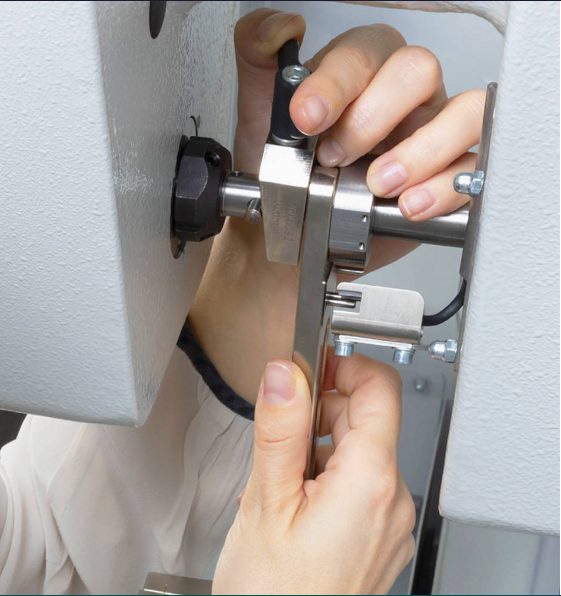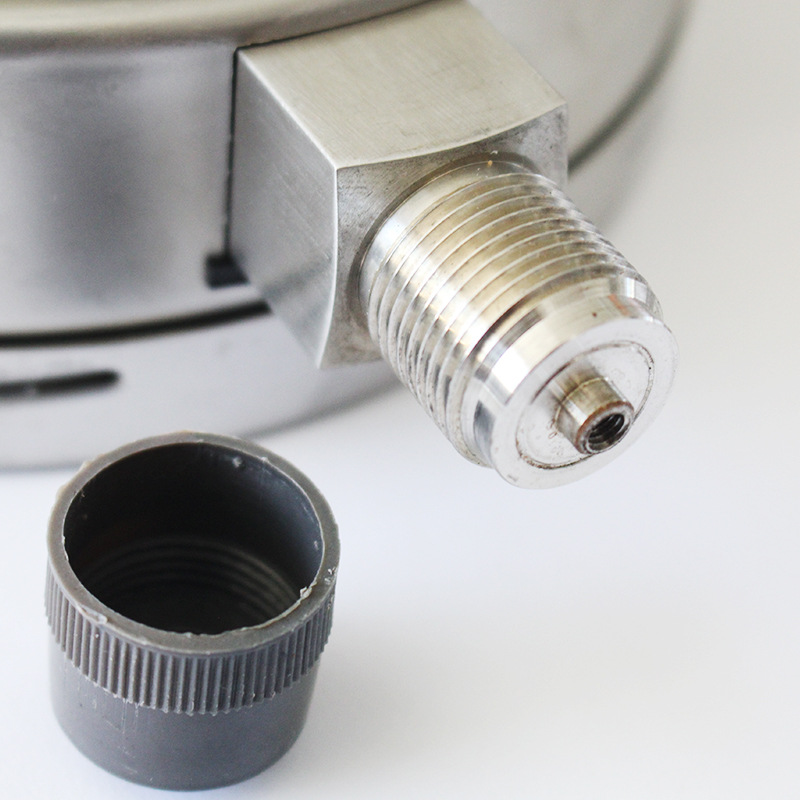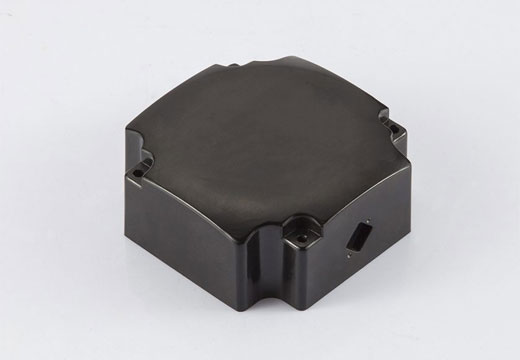How does our quality inspection laboratory conduct impact testing and airtightness testing on oil-filled explosion-proof instrument housings?
For the quality inspection of Oil-Immersion Type (Ex o - Oil Immersion) explosion-proof instrument housings, impact testing and air tightness testing are two crucial and extremely stringent inspection items. Our quality inspection laboratory follows international standards (such as IEC 60079-0, IEC 60079-1, IEC 60079-31, etc.) to perform the following specialized operations:
1. Impact Test
Oil-immersion housings must not only protect internal components but also ensure that their structural integrity is not compromised by external impacts, which could lead to oil leakage or failure of explosion-proof performance.
Test Purpose: To verify whether the housing can withstand high-energy mechanical impacts from the outside at its weakest points (such as viewing windows, joints, cover plates) without deforming or cracking in a way that could affect explosion-proof performance.
Test Equipment:•
Uses standard pendulum impact testers or drop hammer test devices.•
The impact energy is determined based on the housing's material, weight, and protection rating. For example, for metal housings, common test energies are 7 Joules (for high-risk area Group IIB equipment) or 4 Joules (for lower-risk areas).
Test Point Selection:
- Select the housing's weakest points and points likely to suffer impact for testing. This typically includes:
- The center of the cover plate or door latch.
- The center of the viewing window.
- The ports of cable entry devices.
- The corners of the housing.
Test Execution:
- Raise the impact hammer to a predetermined height to release the corresponding energy.
- Strike each selected point once.
- Testing is usually conducted under both ambient temperature and low temperature (-25°C) conditions to examine material performance under low-temperature brittleness.
Result Determination:
- Passing Criteria: After impact, the housing must not exhibit:
- Any permanent deformation affecting the explosion-proof type (e.g., causing the flameproof gap to exceed limits).
- Visible cracks or perforations (especially cracks that could lead to oil leakage).
- Damage to fasteners securing the cover preventing its opening.
- Cracking or detachment of the viewing window.
- After the impact test, the sample must immediately undergo an air tightness test to verify that its sealing integrity remains intact.
2. Air Tightness Test / Leak Test
For oil-immersion housings, air tightness is core to their explosion-proof performance. Any tiny leak could lead to oil seepage or ingress of air/flammable gas, completely undermining the "immersion protection" principle.
Test Purpose: To ensure all joints, seals, entry devices, and viewing windows of the housing maintain perfect sealing without any leakage after long-term use and after enduring impacts.
Test Execution & Standards:
Two high-precision methods are typically employed:
- a. Pressure Decay Method:
- Fill the sealed housing interior with clean, dry compressed air or inert gas (e.g., nitrogen) to a specific test pressure (usually slightly above atmospheric pressure, e.g., 1.1 bar abs ~ 1.5 bar abs).
- After stabilizing the pressure for a period, shut off the gas source and enter the pressure holding monitoring phase.
- High-precision pressure sensors continuously monitor the pressure drop inside over a set period.
- If the pressure drop exceeds the threshold allowed by the standard, it is judged as failing.
- b. Bubble Method (Soap Bubble Method / Immersion Method):
- Fill the housing interior with low-pressure compressed air (e.g., 0.2 ~ 0.5 bar).
- Immerse the entire housing in a water tank, or apply soapy water to all potential leak points (e.g., joints, threaded interfaces, edges of viewing windows).
- Observe for at least 10 seconds to see if any continuous bubbles are generated.
- Passing Criteria: No continuous bubbles are generated. Even a very slow, single bubble indicates seal failure.
Key Testing Points:
- The test must be performed after the impact test to check if the impact compromised the seal.
- All potential leakage paths must be tested, including: housing joints, shaft seals, button stem seals, indicator light/viewing window O-rings, cable gland interfaces, welds, etc.
- Test pressure must be precisely controlled; excessive pressure might cause non-destructive deformation leading to misjudgment.
3. How Our Laboratory Ensures Professionalism
- 1.
Environmental Control: The laboratory maintains constant temperature and humidity to ensure test result repeatability and accuracy.
- 2.
Equipment Calibration: All test equipment (pressure sensors, impact hammers, timers) are regularly calibrated by national metrology institutions to ensure traceability and precision.
- 3.
Standard Operating Procedures (SOPs): Each housing model has a customized SOP detailing test points, energy, pressure, holding time, and other parameters.
- 4.
Data Recording & Traceability: The pressure curve, impact energy, ambient temperature, and result (pass/fail) for each test are automatically recorded and linked to the production batch number, enabling full lifecycle quality traceability.
In summary, our quality inspection for oil-immersion explosion-proof housings is a rigorous, standardized destructive verification process. The Impact Test simulates extreme physical damage, and the Air Tightness Test verifies its core sealing function. These two tests are conducted sequentially, complementing each other, to jointly ensure that every housing delivered to you provides fail-safe protection in hazardous environments.
 How does our quality inspection laboratory conduct impact testing and airtightness testing on oil-filled explosion-proof instrument housings?
How does our quality inspection laboratory conduct impact testing and airtightness testing on oil-filled explosion-proof instrument housings?
 Quality Control
Quality Control
 Quality Control
Quality Control


